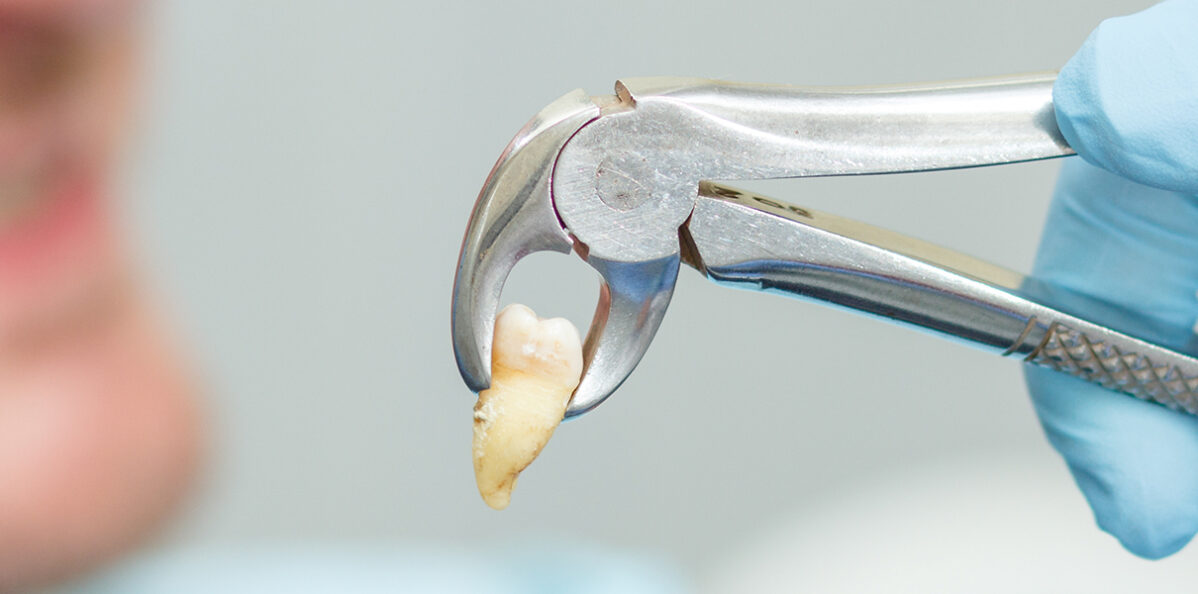Top 5 Facts About Tooth Extractions

Worried about getting a tooth pulled? Relax—you’re not alone, and it’s often simpler than you think! Tooth extractions are common, quick, and can protect your overall dental health. Here, we’re breaking down five essential facts to make the process less mysterious so you can walk into your appointment with confidence and peace of mind.
- Why Tooth Extractions Are Necessary
When does a tooth need to be pulled?
Tooth extractions aren’t something anyone looks forward to, but there are some very good reasons why they’re necessary. Here’s a look at the most common reasons:
- Severe Decay: When decay goes deep, right down to the tooth’s root, filling it won’t help, and extraction may be the safest option to prevent spreading.
- Gum Disease: Gum disease can cause the tooth to become loose by weakening the supporting bone. In advanced cases, the tooth may need to be removed.
- Crowding: Sometimes, our mouths are simply too small to fit all our teeth, causing issues with alignment, bite, and pain. Removing a tooth creates room and helps achieve a healthier, more comfortable smile.
- Injury: An accident or trauma to the mouth can leave a tooth so damaged it can’t be saved.
Benefits of Extractions
Think of an extraction as a fresh start for your oral health. Removing a problem tooth can save you from future pain, infection, and possibly even protect your other teeth from issues down the road.
- There Are Different Types of Extractions
Not all extractions are the same. Depending on the position and condition of the tooth, dentists perform one of two main types:
- Simple Extraction:
- A simple extraction is usually for teeth visible above the gum line. For these, the dentist near you will numb the area using local anesthesia, loosen the tooth, and carefully remove it.
- Surgical Extraction:
- A surgical extraction is more complex and is often required for teeth that haven’t erupted fully (like wisdom teeth) or are broken. This procedure may involve a small incision in the gum. Your dentist will often use sedation or even general anesthesia to make you comfortable during this type of treatment.
Special Cases
- Wisdom Teeth Removal: These molars often don’t have enough space to grow properly, causing pain, crowding, or infection. Extracting them prevents these issues.
- Orthodontic Needs: In some cases, tooth extraction might be recommended to make room for braces or aligners, helping you achieve a straight, even smile.
- The Procedure Is Often Painless
Fear of pain is one of the biggest reasons people worry about extractions. Here’s the good news—modern dentistry offers several options to ensure you’re comfortable. Anesthesia options make the experience nearly pain-free.
- Local Anesthesia: Numbs the area around the tooth so you’ll only feel slight pressure.
- Sedation Options: For those with anxiety or who need multiple teeth removed, sedation is available to help you relax completely.
What About Recovery?
After the procedure, some soreness is normal, but this can mostly be managed with over-the-counter pain relief. Thanks to Mother’s Choice Dental’s advanced techniques and tools, most people feel little more than mild discomfort.
- Post-Extraction Care Is Crucial for Healing
Taking care of your mouth after an extraction is a big part of recovery. Here’s how you can support your healing and avoid any issues:
- Immediate Care Tips:
- Bite down gently on gauze for about 30 minutes to reduce bleeding.
- Refrain from rinsing or spitting for the first 24 hours to let the clot form.
- Skip the straw, as sucking can dislodge the clot.
- Foods to Avoid:
- Steer clear of crunchy or spicy foods for the first few days. Opt for softer options like yogurt, mashed potatoes, and applesauce.
- Managing Discomfort:
- Apply a cold pack for 10-minute intervals to reduce swelling.
- Use over-the-counter pain relieving medicines as recommended by your dentist in Dallas.
- You May Consider a Replacement for the Extracted Tooth
Once a tooth is removed, you may wonder if replacing it is necessary. In many cases, replacing a missing tooth isn’t just about appearance; it can keep your mouth in balance and maintain a healthy bite.
Replacement Options
Here are some popular options for replacing an extracted tooth:
- Bridges: A bridge fills the gap by attaching to neighboring teeth, restoring both your bite and smile.
- Dentures: These removable replacements can be custom-made for your mouth.
- Dental Implants: Implants are a strong, long-lasting option. They involve placing a metal post in your jawbone, topped with a crown that appears and feels like a natural tooth.
Why Replacement Matters
Replacing a lost tooth can help maintain the alignment of your teeth and prevent the “shifting” effect that can lead to other dental issues. It’s a small step that can have a big impact on your future dental health.
Curious About Your Extraction Options? Let’s Talk!
Tooth extractions in Dallas, TX, don’t have to be a source of worry. Knowing what exactly to expect can make the process a lot smoother. With proper care, you’ll be on your way to a quick recovery and improved dental health. If you have more questions or need advice on extractions, reach out to Mother’s Choice Dental today. Our team is here to help you understand your options and provide a gentle experience.